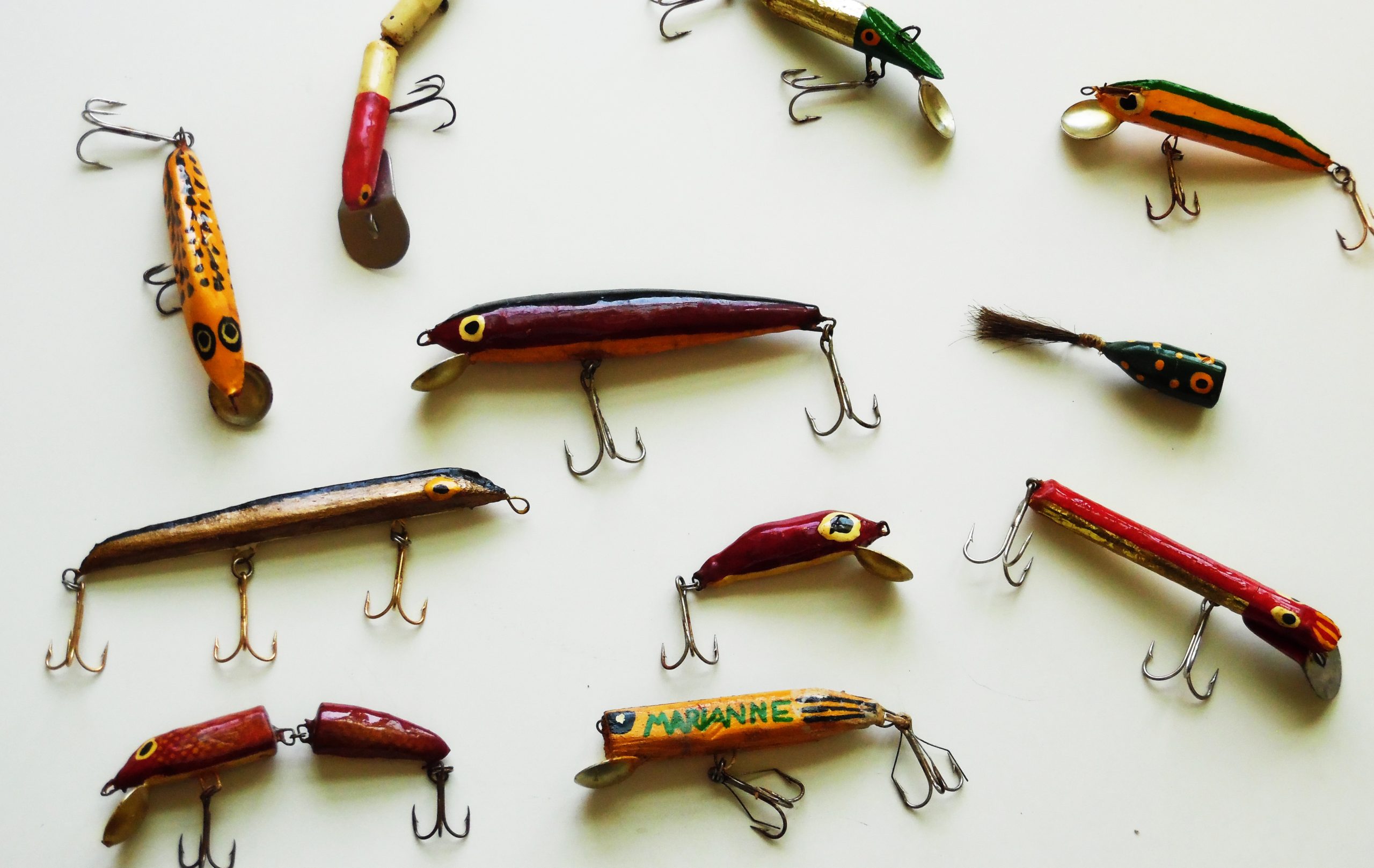Creating your own fishing lures can be a rewarding and creative aspect of angling. Start with simple designs and materials, gradually experimenting with more complex creations. Focus on replicating the movement and appearance of prey fish. Building lures allows for customization and innovation, giving you the opportunity to create unique and effective tools for your fishing adventures.
Getting Started with Basic Lure Designs
Begin with simple lure designs that are easy to create and effective in attracting fish. Popular beginner lures include jigs, spinnerbaits, and soft plastic baits. Jigs consist of a weighted hook and a skirt or soft plastic body, ideal for various species. Spinnerbaits feature a wire frame with spinning blades and a skirt, creating flash and vibration to attract fish. Soft plastic baits mimic the appearance and movement of worms, minnows, and other prey.
Choosing the Right Materials
Selecting the right materials is crucial for building effective lures. Basic materials include hooks, lead or tungsten weights, wire, beads, and skirts or soft plastics. Paints and coatings can add color and durability to your lures. Specialty materials such as reflective tape, eyes, and scent attractants can enhance your creations. Consider the target species and fishing conditions when choosing materials to ensure your lures perform well.
Tools and Techniques
Invest in essential tools for lure building, including pliers, wire cutters, a vice, and paint brushes. Learning basic techniques such as tying, bending wire, and attaching components is key. Tutorials and guides are available online to help you master these skills. Start with simple projects and gradually take on more complex designs as you gain confidence and experience.

Customizing and Experimenting
One of the benefits of building your own lures is the ability to customize and experiment. Try different color combinations, shapes, and sizes to see what works best in your local waters. Adding unique features such as rattles, feathers, or scent attractants can make your lures stand out. Keep track of your creations and their success rates to refine your designs and improve your skills.
Testing and Tuning Your Lures
Testing your lures in the water is an essential step to ensure they perform as intended. Observe their action and make adjustments as needed. Tuning involves fine-tuning the balance and movement of your lures to maximize their effectiveness. This process may require trial and error, but it’s a valuable learning experience. Testing your lures in different environments and conditions will help you understand their versatility and limitations.
Sharing and Learning from Others
Join lure-building communities online or in person to share your creations and learn from other enthusiasts. These communities often provide valuable tips, feedback, and inspiration. Participating in lure-building competitions or workshops can also enhance your skills and knowledge. Sharing your successes and challenges with others fosters a supportive and collaborative environment.
Enjoying the Creative Process
Building your own fishing lures is not just about catching fish; it’s about the creative process and personal satisfaction. The pride and accomplishment of catching fish with your handmade lures add a unique dimension to your fishing experience. Embrace the opportunity to express your creativity and innovation, and enjoy the journey of becoming a skilled lure builder.
By starting with basic designs, choosing the right materials, and experimenting with customizations, you can create effective and unique fishing lures that enhance your angling adventures.
Image: FloridaSportsman





